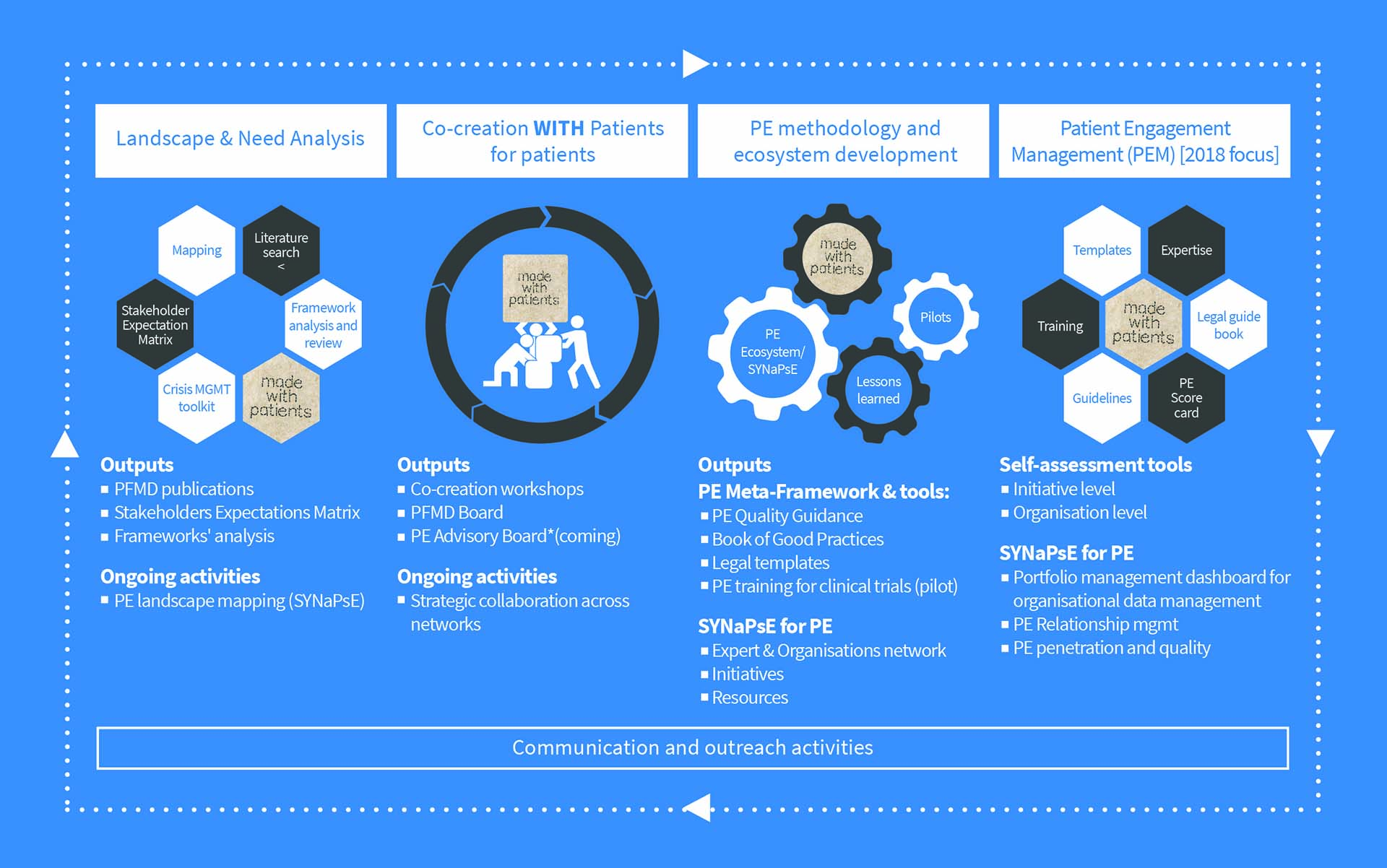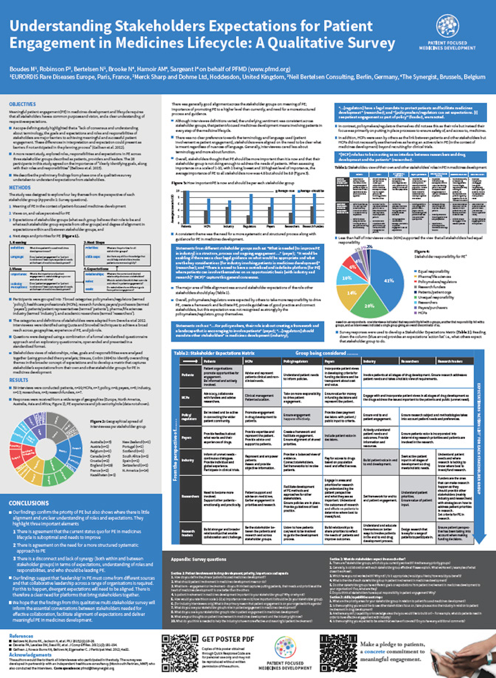
More than ever, we are synergising a fast-moving environment, blurring boundaries, building on positive trends, and addressing gaps in patient engagement.
Partners growth
In 2017 we welcome six new members to the PFMD family:
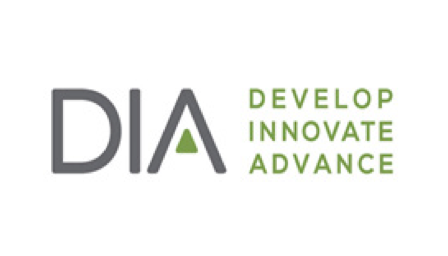

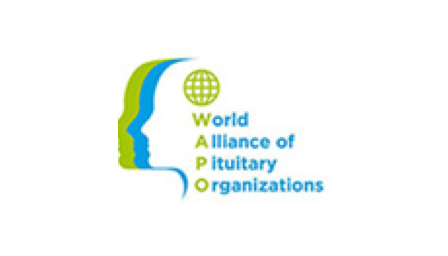
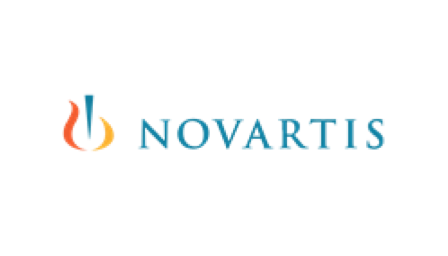
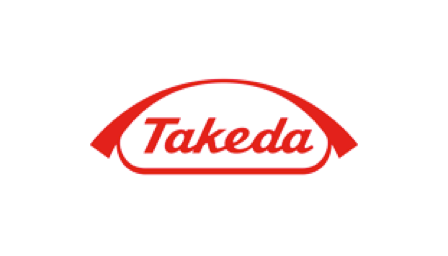
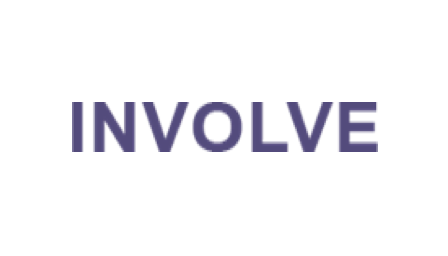
Framework building activities

Despite the growing understanding of the importance of patient engagement from the very early to the latest phases of medicines development, there are no industry-wide standards on how it should be done. Our first working group meetings (held in 2016) aimed to identify key gaps, opportunities and stakeholders to involve, and the next steps to take in order to co-create the Patient Engagement Framework – a guidance and practical toolkit to help all stakeholders, however advanced they are in PE, to do conduct meaningful PE and attain measurable results.
In 2017 we continued this work, moving to more concrete outputs. 5 multi stakeholder groups and task forces, with 76 experts representing 51 organisations, contributed, as well as a committed core team from the most active PFMD contributors.

Concrete outputs in development:
- Patient engagement quality guidance. A tool to help determine why, how and when to involve and engage with patients from each stakeholder perspective
- A Book of Good Practices to help showcase the value of patient input
- A template to use in planning and assessing patient engagement activities
- selection of quick wins - the “Do’s and Don’ts” in patient engagement activities
Public consultation results
In order to support the framework development efforts, we launched a public consultation targeted at all stakeholders, with any level of patient engagement experience, giving them the opportunity to comment and contribute to the Patient Engagement Quality Guidance tool.
21.589
reach40.259
press release reach851
website visits68
Number of answers(74% completion rate)
Stakeholder Expectations Matrix
Meaningful patient engagement requires all stakeholders to have a common purpose, vision, and a clear understanding of their respective expectations. That is why in 2017 we launched a major effort to map these expectations.
Results
- 59 in-depth interviews with representatives from 7 stakeholder groups (patients, HCPs, policy makers, payers, industry, researchers & research funders)
- Preliminary analysis presented as a poster at the 20th International Society for Pharmacoeconomics and Outcomes Research (ISPOR) Conference (November 2017, Glasgow, UK). This provides a 2017 peer-reviewed citation for this first report of the Matrix (Boudes M, et al. Value in Health 2017;20:A563. Poster PHP1).
SYNaPsE a network for patient engagement
SYNaPsE, your tool for meaningful patient engagement, has achieved impressive exponential growth! With 248 initiatives, 183 organisations and 707 users, SYNaPsE is becoming the go to place for all PE experts and enthusiasts.

The main features launched in 2017:
- An experts network. Now any patient engagement expert or enthusiast can build a profile, promote their work and achievements and connect with a community of like-minded people.
- A resource library. Adding various resources (reports, publications, videos etc) to enrich a personal or organisation’s profile is now possible.
- Features to improve usability: a new way to upload initiatives, admin layers for better control of shared content and a personal dashboard for easy overview of activity.
- Bookmarking feature: the ability to save initiatives, organisations and experts that you would like to follow so you are always up to date on the patient engagement news that interests you.
- Although SYNaPsE’s main focus for 2017 was improved usability and development of new and useful products (initiatives search engine, organisation repository, experts network & resource library), we always strive to grow its usability. We therefore ran a dedicated SYNaPsE digital campaign, put resources into improving customer support and developed offline promotional materials.
Results
68.694
page views in 2017 (520% increase compared to 2016)24.523
visitors (2,957% increase compared to 2016)The Pledge to patients
In May 2017, PFMD launched the individual Pledge to Patients campaign to contribute to cultural change in the healthcare environment. The premise was simple: anyone can make a personal pledge to better listen, communicate and co-create with patients. This had to be a real, measurable commitment.
The Pledge to Patients was integrated with SYNaPse, so that contributors would both make a commitment to patients and become part of the biggest online community for patient engagement, enabling them to provide progress updates and inspire others. The campaign will continue in 2018 with an increased focus on reaching all stakeholders involved in the medicines development lifecycle.

Achievements
2.187.698
reach21.353
website visits230
Committers530
Commitments takenProject Outreach
A main objective for PFMD outreach in 2017 was to increase our reach to broader and more diverse audiences. We managed to achieve a 123% increase on our overall digital reach compared to 2016. Not only that, but the number of engagements with relevant audiences increased by 319%.
In 2017, PFMD was also represented at 11 external conferences, of which 8 included speaking opportunities.
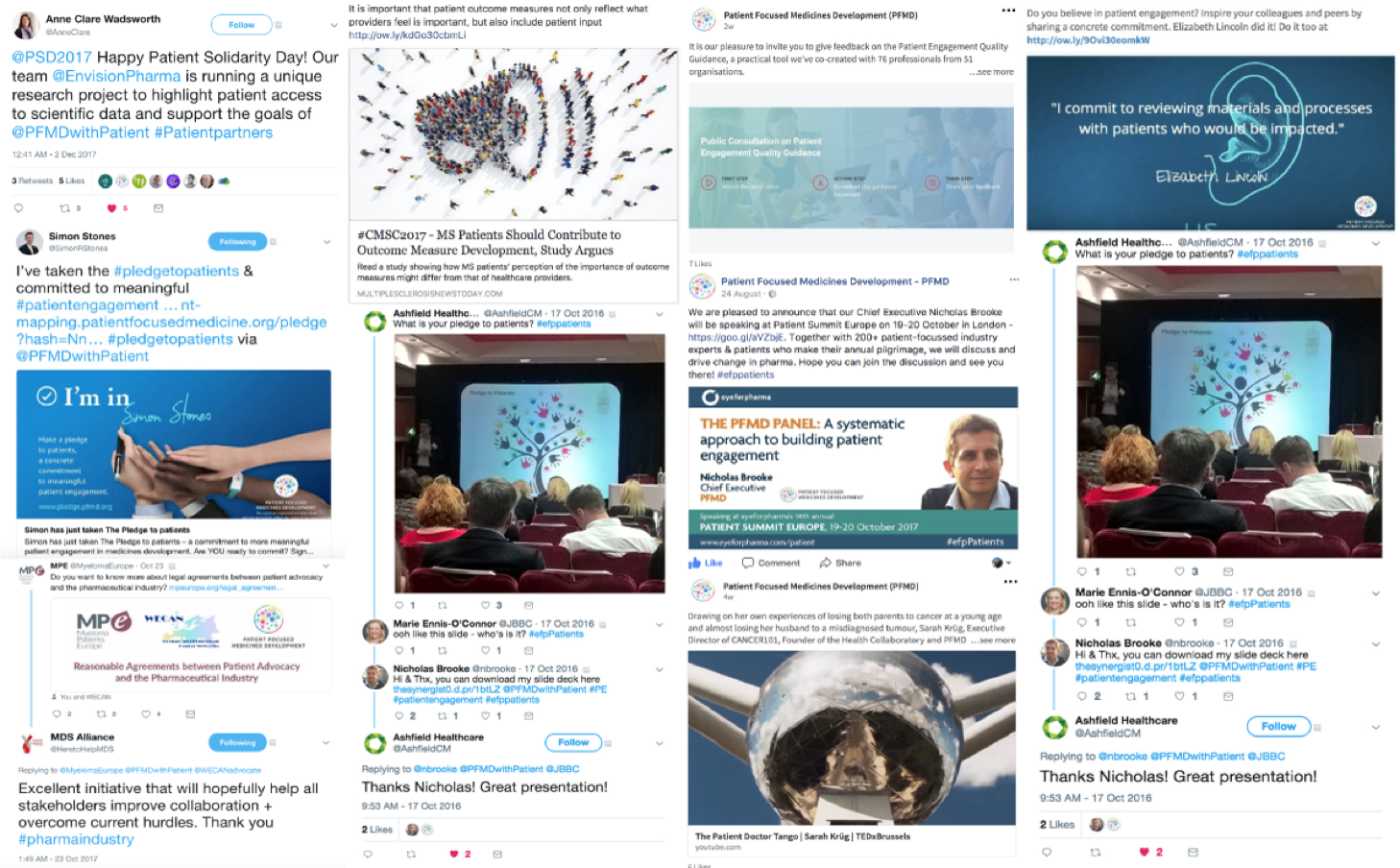
Results
1.970
followers on all of our channels (Twitter, Linkedin and Facebook - new channel opened in 2017)34.170
engagement on all of our channels (people that commented, liked or shared our activity).2.894.684
reach of our digital channels (people that saw our activity and updates).38
blogs published (more than double compared to 2016), out of which 18 were guest posts from members or collaborators. The blog posts attracted 3,665 views.Legal & compliance solutions for patient engagement
The topic of contractual and administrative barriers surfaced in discussions both in the working group sessions and during PFMD’s board meetings in 2016. The Legal and Compliance Hurdles task force came together to address the need to lower legal, compliance, administrational and other perceived barriers that hinder collaboration between stakeholders or the involvement and engagement of patients in the medicines development lifecycle.
The objective is to produce guidance to tackling legal and other barriers for all stakeholders who want to work with each other in the medicines development continuum. As an output, the “legal guide” (working name) will also include tools for capacity building, such as an online and interactive guide that explains the different clauses and sections in a template contract in lay language, a selection of alternative clauses and template contracts that can be suggested to the partnership, an interactive description of the usual processes for collaboration, a set of recommendations on payment and accessibility issues, and a listing of agencies or stakeholders that can provide assistance on legal questions or barriers (this preliminary plan may change as the project moves forward).
In order to ensure collaboration across stakeholder groups and geographically, and to avoid duplication of efforts, PFMD has joined forces with Myeloma Patients Europe (MPE), along with the Workgroup of European Cancer Patient Advocacy Networks (WECAN), a network of 20 pan-European cancer patient organisations, on their project: “Reasonable agreements between patient advocacy and the pharmaceutical industry”.
Strategic approach for 2018
The need for PFMD remains present and is even increasing.
While key initiatives including PFMD are gaining maturity and developing better material to support it, we have found a persistent mismatch in expectations between stakeholders, and an absence of leadership in the patient engagement landscape to harmonise and drive patient engagement forward. In this context, PFMD is uniquely and strategically positioned to fulfill both a role of collaborative leadership and drive harmonisation.
The tools and networks we have built, online and offline, together with our global collaborative leadership platform and approach, are defragmenting PE and bringing stakeholders together in full alignment towards achieving our shared objectives for patient engagement.
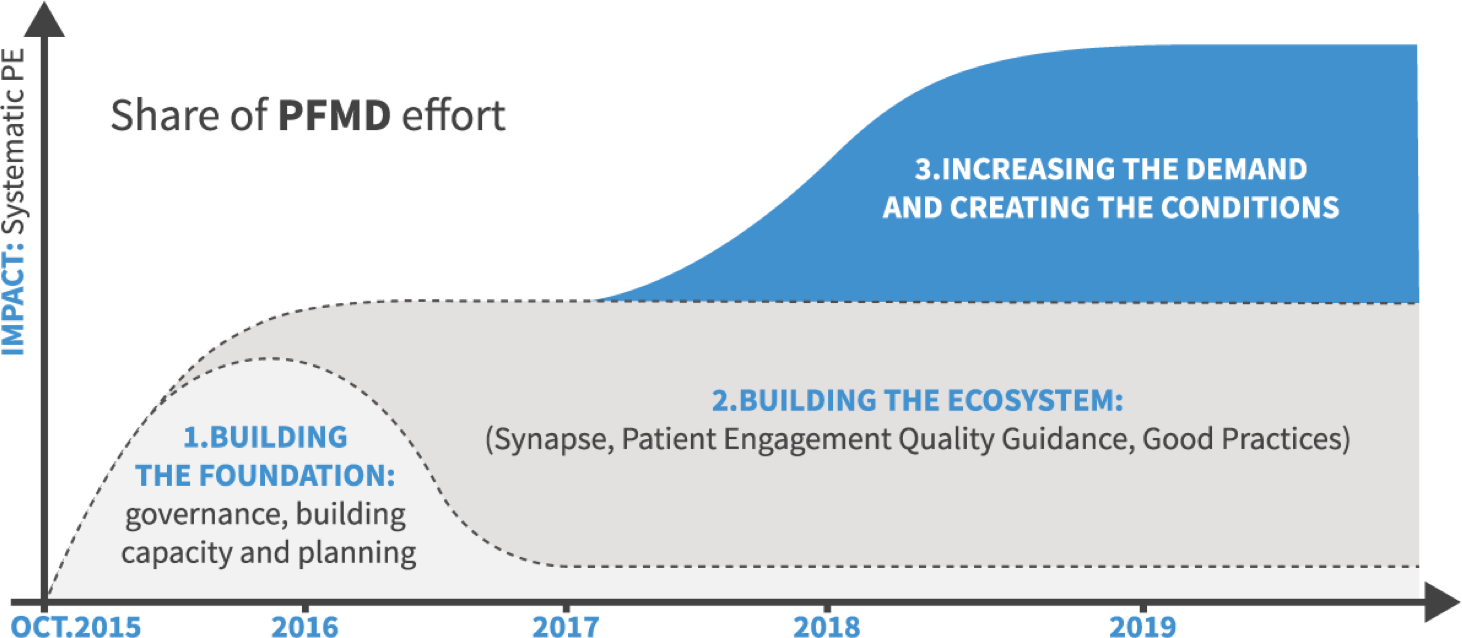
The logical evolution of PFMD activities shows a clear shift in focus from the foundation building to increasing demand. In the first two years of PFMD’s operations, the focus has been to build a strong and trustworthy foundation through building capacity and presence in the patient engagement community, and establishing a robust modus operandi.
We began to build the global patient engagement ecosystem early on with offline activities as well as the mapping tool and gradually growing the breadth of activities and tools to answer the needs identified through our members and dedicated multi-stakeholder working groups.
While keeping a strong emphasis on continuing to build the patient engagement ecosystem in a credible way, PFMD will enhance the focus to increase the demand and create conditions for PE to happen moving forwards.
This broadening of scope will firstly address the identified mismatch of stakeholder expectations and the lack of leadership, secondly reach and influence the early majority, and thirdly mean more efficient dissemination of PE tools and resources out there for maximum impact..
Testimonials
Membership & Partners
-
'I truly believe what we’ve seen so far is many individual initiative that have really not talked to each other, that sometimes duplicated the work and here with PFMD our ultimate goal is to bring access to patients in a much more efficient way for new medicines. PFMD can bring all these stakeholders together. First of all can map all the initiatives, secondly reach a consensus what the best instruments, the best framework would be, the best tools would be to really create meaningful patient engagement. And third, it can then develop a framework that would be applicable for all stakeholders and would ultimately again lead to much much better medicines to patients."

Tony Hoos
Head of Medical, Amgen Europe
-
"PFMD is a transatlantic group with a global intent from the start. The mutual respect of stakeholder members and contributors is a fertile ground for co-creating tools we all need to ensure the next horizons of patient involvement in development of new therapies. I’m grateful for what the Synergist brings as experts in convening diverse stakeholders and a vision for meaningful change in the world."

Roslyn Schneider
Global Public Affairs Lead, Pfizer
-
"PFMD has played such a crucial role for us as a company and for the broader patient community by helping us understand how to connect and engage, and helping us to address the real challenges that we have. This way we will be able to achieve our mutual desired end goal of incorporating patients into our work, into our thinking so that we’re ultimately designing and developing the solutions of greatest value for patients. PFMD is really taking the lead for all of us to be able to open that conversation, to share the work that we’re doing, to make those important connections and strengthen our connections as a community. So that we ultimately can make a difference and do what’s right for patients and improvement of their care."

Rebecca Vermeulen
Head of Product Development Medical Affairs,
Roche Pharmaceuticals
The PFMD Team
Board members and PFMD team
The PFMD Board consists of:
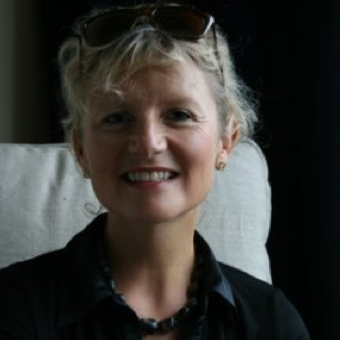
Nicola Bedlington
Secretary General, European Patients Forum
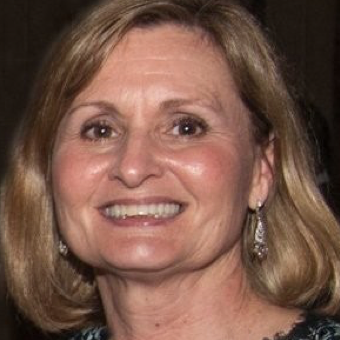
Veronica Todaro
Vice President, National Programs, Parkinson’s Disease Foundation

Graeme Johnston
Patient Advocate, Individual/ Patient
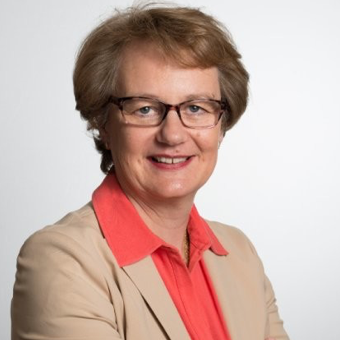
Alexandra Moutet
Global Head of Patient Affairs, UCB
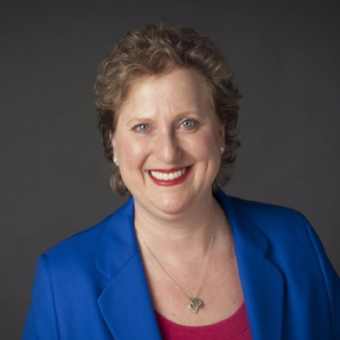
Roslyn Schneider
Global Patient Affairs Lead, Pfizer
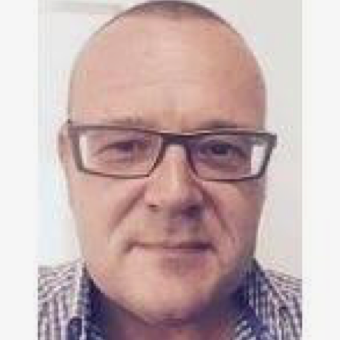
Andrew Benzie
Secretary General, EHead Of Patients In Partnership Programme, GSK
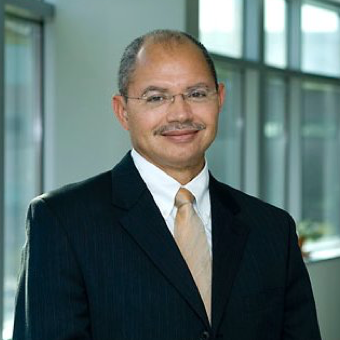
Luther Clark
Deputy Chief Patient Officer, Global Director, Scientific Medical And Patient Perspective (SMPP), MSD/ Merck
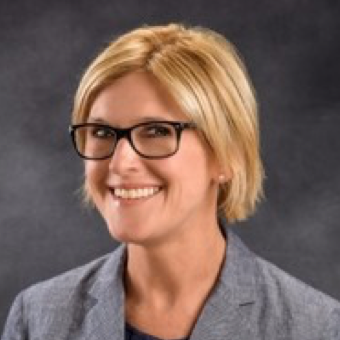
Katherine Capperella
Global Patient Engagement Leader, Janssen

Rebecca Vermeulen
Head Global Medical Liaisons and Communications, Roche
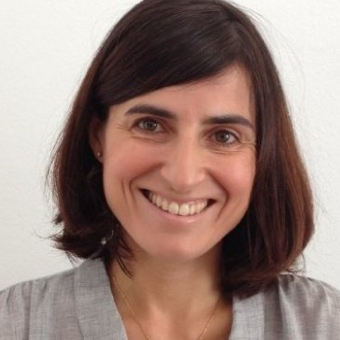
Elisa Ferrer
Patient Engagement Manager, EURORDIS

Kelli Collins
Vice President Patient Engagement, National Kidney Foundation
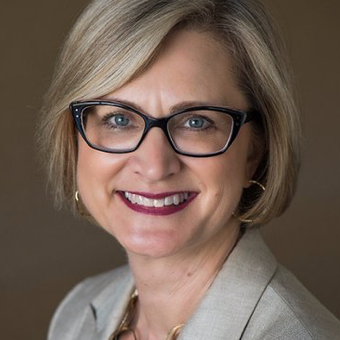
Kimberly McCleary
Kimberly McCleary Managing Director, FasterCures
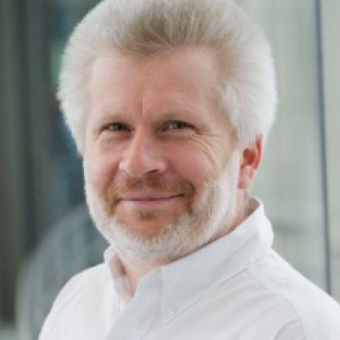
Lode Dewulf
Consultant, Permanent Guest
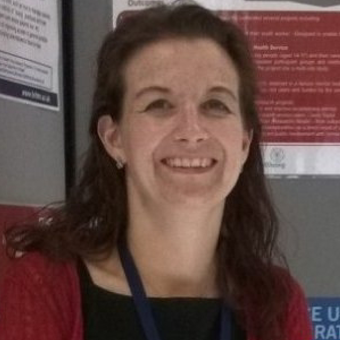
Paula Wray
Senior Public Involvement Manager, NIHR INVOLVE
The Executive Team consists of:
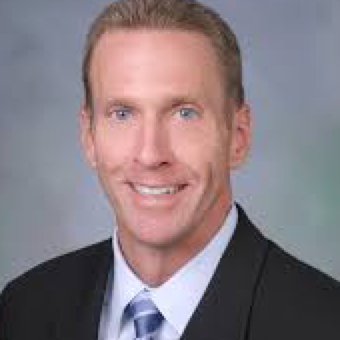
Marc Boutin
Chief Executive Officer, National Health Council

Jan Geissler
Director, EUPATI

Tony Hoos
Head Of Medical, Europe, AMGEN
The PFMD Team consists of:
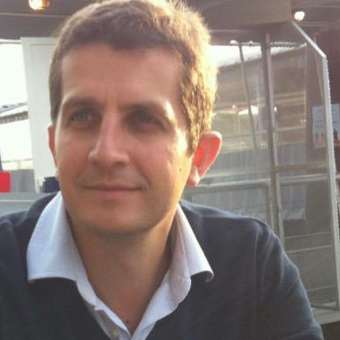
Nicholas Brooke
Executive Director
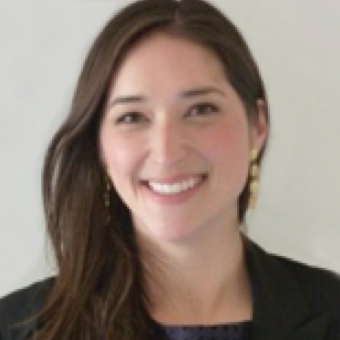
Helena Harnik
Operational Director

Chi Pakarinen
Project Manager

Roxana Radu
Communication Coordinator
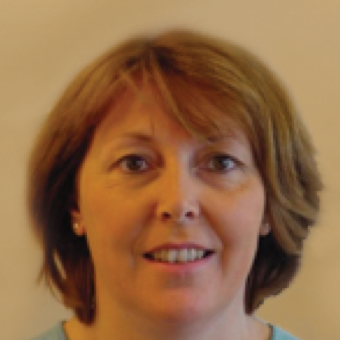
Anne-Marie Hamoir
Head Of Membership And Project Management

Natalia Sharamandzhieva
Project Coordinator
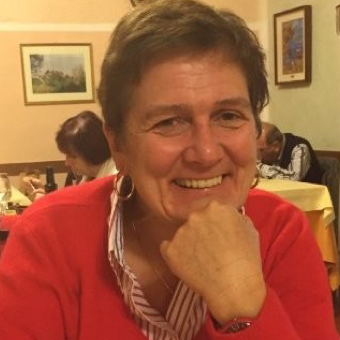
Bernadette Hendrickx
Scientific Advisor
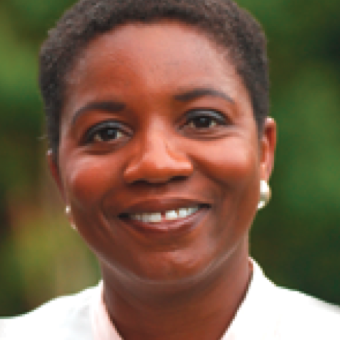
Ify Sargeant
Editor In Chief
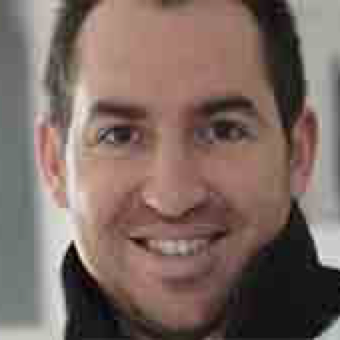
Geoffroy Ryckaert
Head Of IT

Laila Deeb
Web Developer
